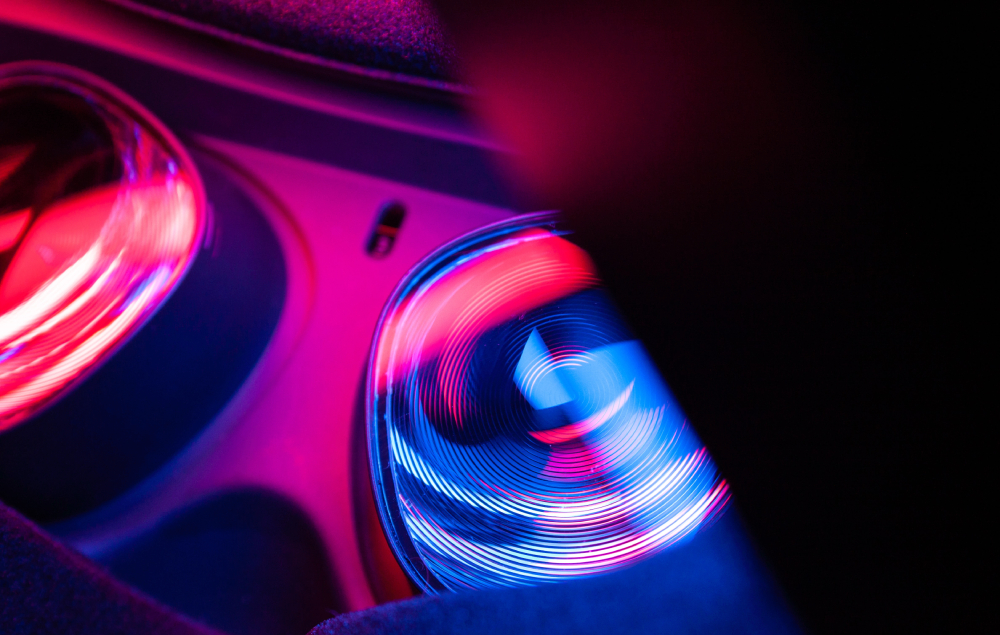If technology is an unexplored world for you, then virtual and augmented reality will help you take quick steps towards exploring it.
These are 2 different “immersion” experiences in real or imaginary digital worlds (immersive technologies), which have now become part of our lives and expand our reality beyond the limits of our understanding.
Virtual and Augmented Reality and their Differences
A common feature between virtual reality (VR) and augmented reality ( AR ), is the user’s digital “immersion” experience. But we better start by defining each technology separately.
As an experience, AR could be described as a more ‘enhanced’ version of the reality we already know. As, the latter is enriched by interactive digital stimuli, like a “transparency” to the already existing one.
On the other hand, VR technology is also a digital “immersion” experience, in which the user is cut off from reality. Although we are talking about a 360-degree digital environment, the visual part of this experience is enough for the human brain to perceive it as real.
These are two technologies that are already applied in many different fields. A common application of augmented reality is in design applications to facilitate professions related to: architecture, urban planning, mechanical engineering. Whereas, virtual reality has mainly entered the fields of medicine, mental health, tourism, etc.
However, we are talking about two different experiences, with the following elements defining their difference:
1. AR and VR Essential Equipment
This is their main difference. This is their main difference. In VR technology, the usual equipment is headsets. Whereas, AR devices can be a smartphone, a tablet or smart glasses.
2. Sensation, perception and movement
VR replaces the physical world with a digital one, at the level of the senses. Its equipment is more complex and includes external cameras or sensors to detect movements in space for an optimal sensory experience. More specifically, there is the possibility of detecting head and body movements, with the aim of coordinated adaptation of the digital environment to the user’s vision (optical tracking).
Further, the full ” immersion ” feature of VR creates the false impression to the user that there are more options than there are. The visual elements of a VR environment can be “disorienting”. In particular, a user may form the impression of being able to make more moves than they actually can. However, the verisimilitude of this experience is not limited to body movements but affects the overall perception.
On the other hand, the AR experience could be summed up as a transparent overlay on the real world. That is, the users’ senses and perception do not lose touch with reality.
Virtual and Augmented Experiences
A user experiences AR as an extension of their personal sphere. In contrast to VR experiences, which the user experiences as if entering a completely different, imaginary digital world beyond reality.
Undoubtedly, we are talking about two technologies that define the future, release our limits, expand our possibilities and are worth getting to know them.

